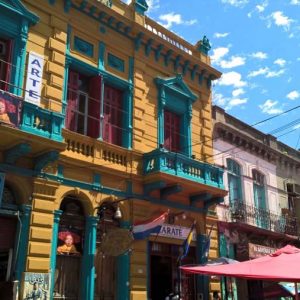By Alastair McKenzie
The old fishing and resort town of Les Sables d’Olonne on France’s Atlantic coast has reinvented itself in recent years. These days, it is recognised as the home of single-handed, round-the-world yacht racing. Since 1989 it has hosted the glamorous high-tech, high-speed Vendée Globe races, held every four years and named after the region.

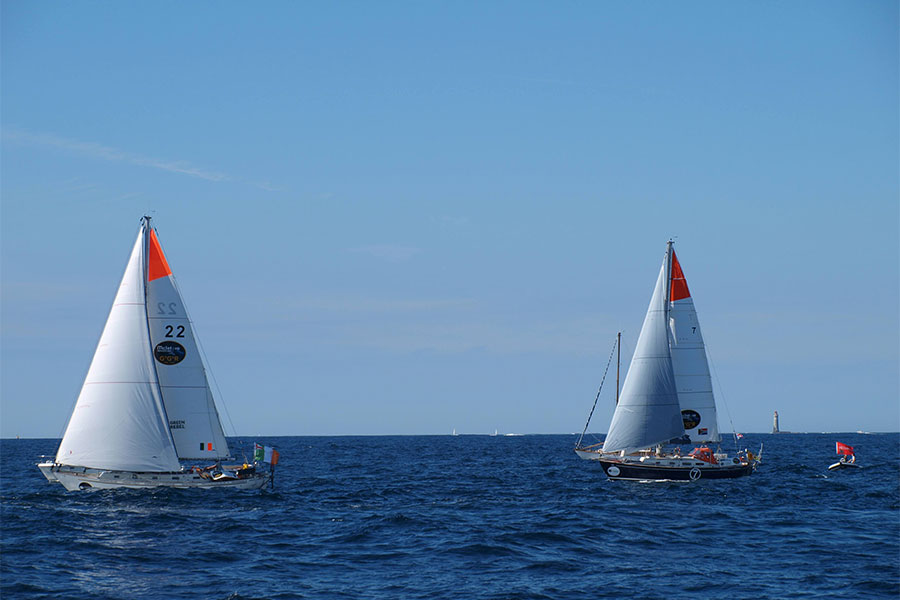
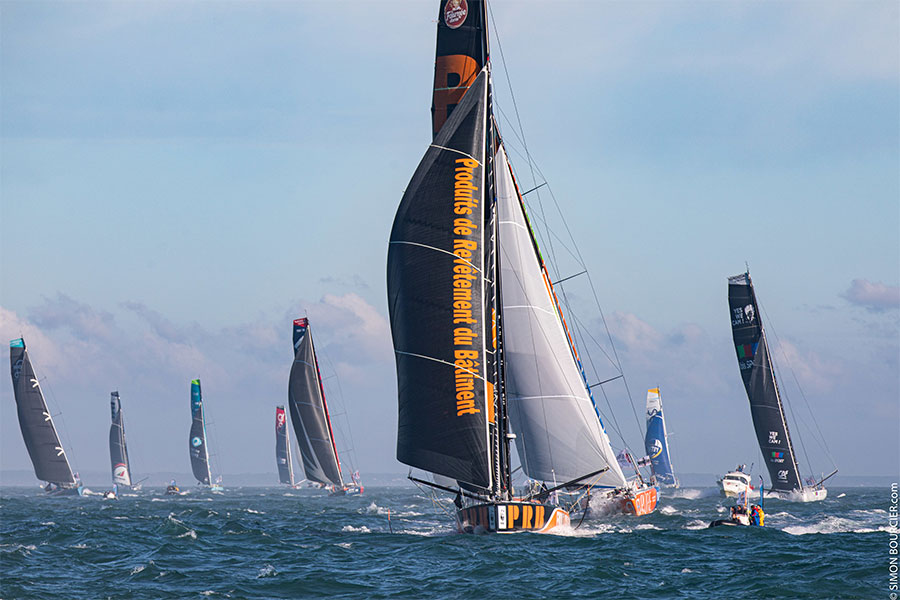
Photo: Simon Bourcier
(Photo via Vendée Tourisme)
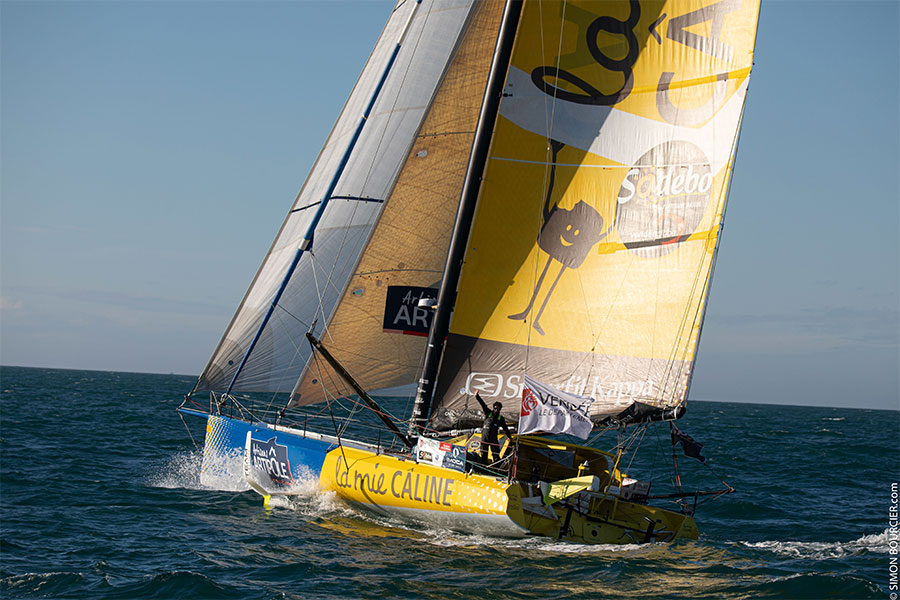
Photo: Simon Bourcier
(Photo via Vendée Tourisme)
In June this year it waved goodbye to 25 solo skippers in the shorter Vendée Arctique race around Iceland & back. And in September, 16 sailors set off around the world in vintage small boats on the Golden Globe Race with just a compass, log and sextant to guide them – no sat nav.
They are still out there now. It’s a non-stop race and the crowds are unlikely to welcome them back to Les Sables d’Olonne before May 2023.
It’s not hard to get caught up in the buzz of these events, whether you are a sailing fan or not. The race villages get set up on the quayside weeks before the race and, as the yachts assemble, give the public a chance to mingle with the competitors, visit marine exhibitions, drink in the bar, dance at the evening concerts, try their skills in a range of nautical activities, and watch the preparations on the pontoons below.
Meanwhile the harbourside cafes and restaurants do a roaring trade, especially in seafood. Les Sables d’Olonne is France’s fourth largest fishing port by value of landed product. If you are a seafood lover, you’ll be in heaven and if you are self catering then be sure to visit the covered fish market.
So, if you don’t happen to visit when there’s a major sailing event taking place, or even if you do, what else does Les Sables d’Olonne offer?
Beaches! Big, sandy beaches! It’s not called “Les Sables” for nothing. There are 22 kilometres of coastline comprising sandy beaches, for sunbathing, swimming, and surfing. If you don’t like fine sand between your toes there’s an excellent public swimming pool on the promenade.
Then there’s the town itself to explore. In the historic centre there are small fishermens’ houses and cottages, separated by narrow lanes designed to keep the wind and sand at bay, and the grand houses of the ship owners.
The splendid Villa Charlotte overlooking the harbour entrance, is a good example. Built in 1864 for a canning factory owner from nearby Nantes, it then became the home of violinist, Charlotte Vormèse, who entertained other musicians such as Gabriel Fauré, Camille Saint-Saëns and Benjamin Godard. The house and gardens are about to undergo a major restoration programme starting this autumn. When complete in the autumn of 2024, it will once again become a centre for the arts, especially music. Meanwhile there’s a temporary exhibition of artworks for visitors to enjoy in the gardens.
Artworks are a theme in Les Sables d’Olonne. There are some trompe l’oeil murals on buildings around the church of St Nicholas near the harbour, and the restored 11th century Priory of St Nicholas out at the harbour entrance is also a venue for art exhibitions… a peaceful step up from its role as a fortress between the late 17th and 18th centuries, fighting off those treacherous Anglais!

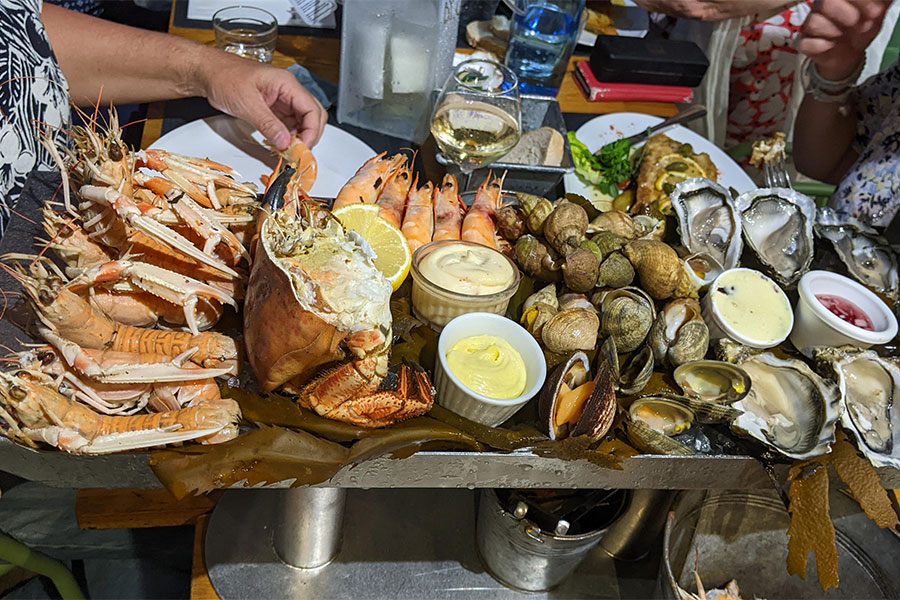
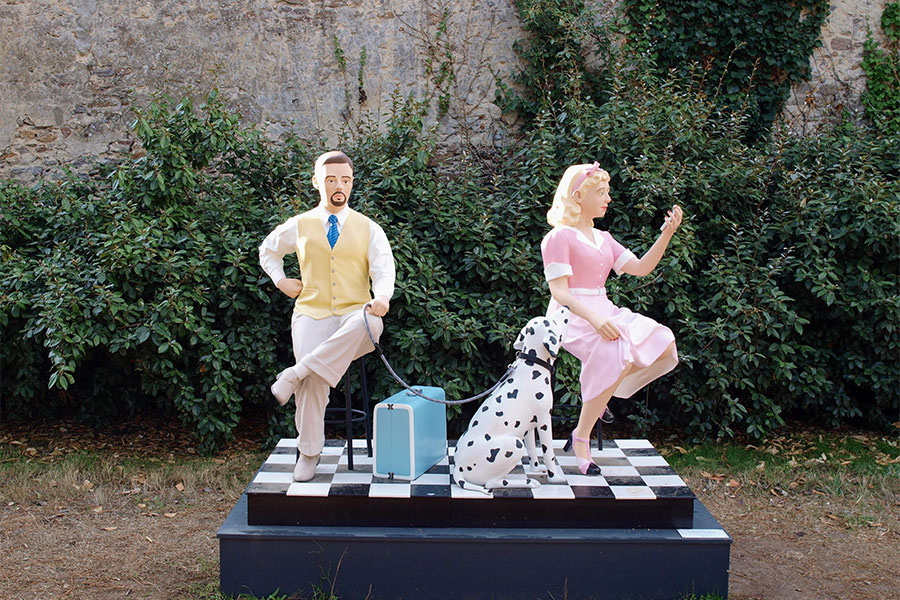
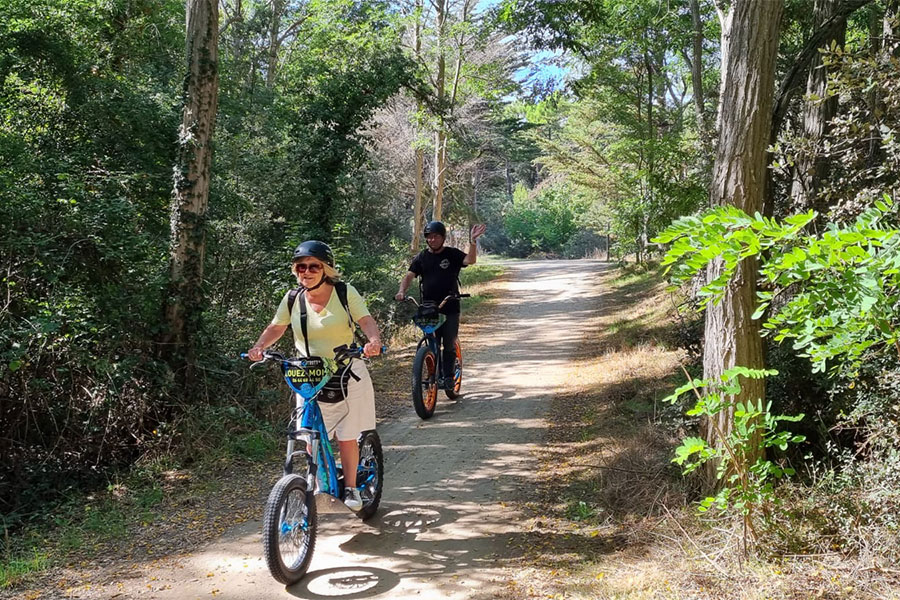

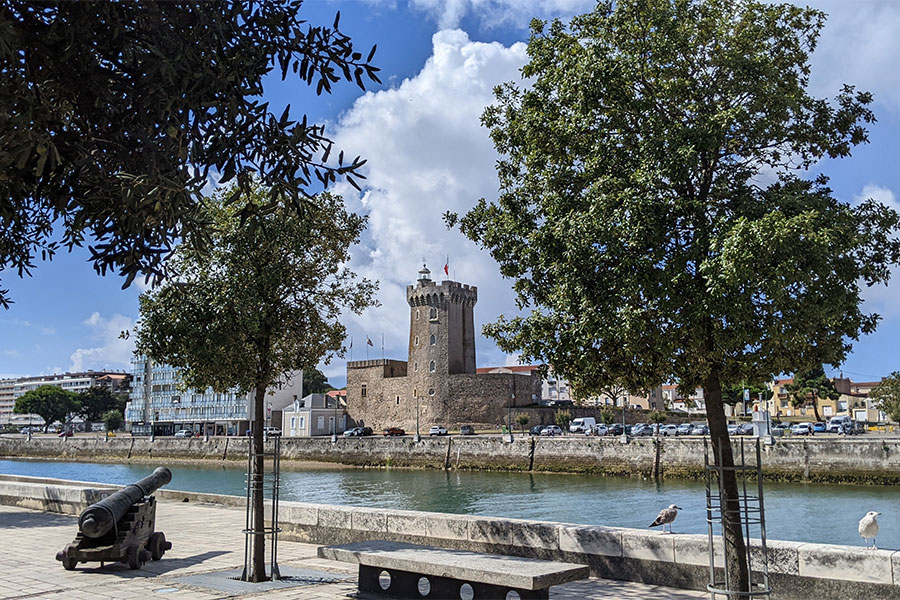
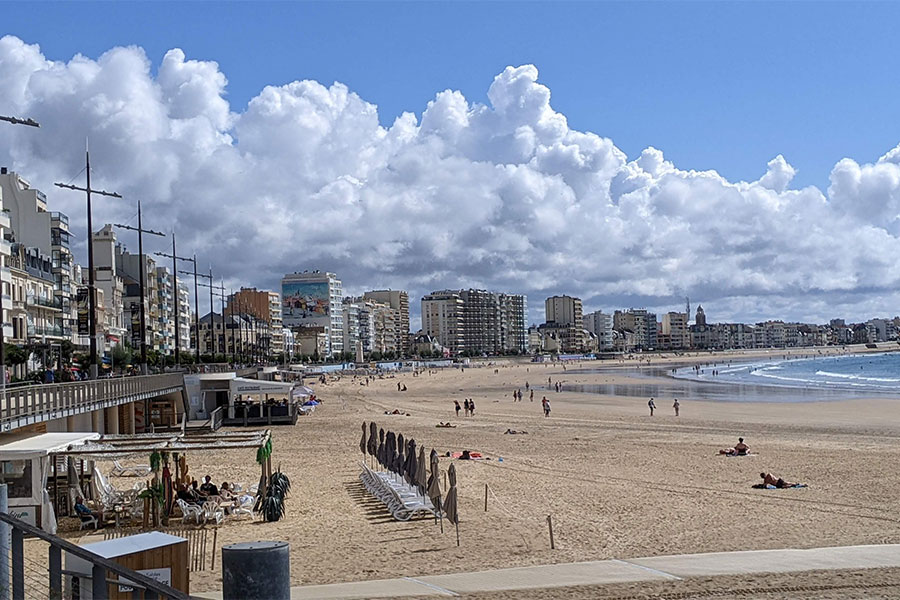
We are firm friends now. On news of Queen Elizabeth’s death, the mayor immediately ordered that a Union Flag should be flown half-mast on the Arundel Tower, another fortification in the old town being used for art performances and exhibitions.
The topography of Olonne can be a little confusing. The long stretch of beaches and dunes running from the north into the town has a long stretch of woodland behind it, and behind that are the marshes that feed into the harbour. Both provide a natural playground for runners, cyclists, joggers, walkers, paddle-boarders, canoeists and anyone else who wants to get out and enjoy the fresh air. You don’t have to be fit. I enjoyed an afternoon rolling silently through the woods and over the causeways in the marshes on an electric scooter – no peddling required!
On the other hand, a little paddling was required in my canoe on the marshes. I spent a peaceful morning among paddle-boarders, fellow canoeists, and the marsh wildlife. In spring and autumn birders flock here to watch the migratory avocets, stilts, shelducks, and egrets.
Most people associate the city of Le Mans, 260 kilometres away, with just one thing; the 24 hour race. Its Roman walls and mediaeval town centre are hardly ever mentioned. There’s a small risk Les Sables d’Olonne might suffer a similar identity crisis. So when the bay is covered with racing yachts and colourful sails, you have to remind yourself, Les Sables d’Olonne is not just a pretty race.
For more information visit www.vendee-tourism.co.uk/ and https://www.destination-lessablesdolonne.co.uk/


